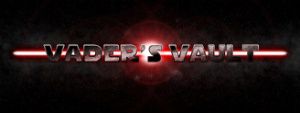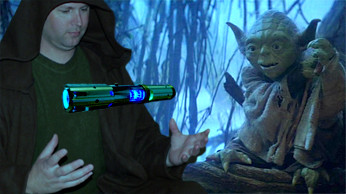I hope we didnīt have a misunderstanding here caused by my unability to find the right words (and grammar) in English.
Your comments sound to me like youīve been attacked personally, but this could be the language barrier.
Off course we didnīt solder them on the heatsink and I donīt want to take this discussion too far.
The Ledengins are the best option available for most everyone to get a superbright blade except Sunriders special passion
Iīm very thankful to Tim offering these to us.
As an European I have no other advantage than the availability, pricing is higher because of the shipping costs and custom fee.
Now with the PC offering FoC, the amount of demanded multicoloured LEDs will surely raise.
There will be other inexperienced people who will have their problems with these.
What can happen in the worst case?
A wire could become loose after some hard hits and touch the housing, if itīs the positive youīll get a short and the LED driver on the board is immediately fried.
This happened to me once too on my first attempts.
What can be done to prevent this?
Only three things:
Improve your (soldering) skills.
Electrically insulate the heatsink from the hilt, but this would prevent a good part of the thermal conduction as well.
Or a PCB which can be soldered more easy, oriented towards the competitors.
So now is the best time to go ahead, before more complaints will pop up.
The Ledengins are more difficult to solder than all other LEDs at the moment, thatīs a fact.
So why not demanding more?
Another better PCB would make the life easier for all of us saber fans and Ledengins customers in general, leading to an improvement of their reputation.




 Reply With Quote
Reply With Quote





Bookmarks